Developing Sustainable Habits for Lasting Health

Developing Sustainable Habits for Lasting Health
Hello lovely readers,
Today, we’re diving into a topic that’s close to many of our hearts: how to develop sustainable habits for lasting health. Achieving long-term health and balance wellbeing involves setting clear goals and making mindful decisions. Two powerful strategies to guide you on this journey are S.M.A.R.T. goals and understanding Red Line/Green Line decision making.
Why Sustainable Habits Matter
Sustainable habits are the small, consistent actions we take every day that contribute to our overall health. Unlike drastic diets or extreme workout plans, these habits are manageable and can be integrated into our lives long-term. They help us maintain balance, achieve our goals, and most importantly, they fit into our daily lives without causing stress or burnout.
Understanding Your Starting Point
Before we dive into the strategies, it’s essential to understand where you’re starting from. Take a moment to reflect on your current habits. What are you doing well? What areas could use some improvement? By recognising your strengths and areas for growth, you can create a plan that’s tailored to your needs.
S.M.A.R.T. Goals: The Blueprint for Success
S.M.A.R.T. goals are Specific, Measurable, Achievable, Relevant, and Time-bound. This method provides a clear roadmap, making it easier to stay focused and motivated. Here’s how to set S.M.A.R.T. goals for your health and wellbeing:
- Specific: Be clear about what you want to achieve.
- Example: “I want to walk 10,000 steps every day.”
- Measurable: Ensure your goal has a quantifiable outcome.
- Example: “I will track my steps using a pedometer or fitness app.”
- Achievable: Set a goal that is realistic given your current lifestyle.
- Example: “I will start by walking 5,000 steps a day and gradually increase to 10,000 over four weeks.”
- Relevant: Make sure your goal aligns with your broader health objectives.
- Example: “Walking daily will improve my cardiovascular health and energy levels.”
- Time-bound: Set a deadline to achieve your goal.
- Example: “I aim to reach 10,000 steps daily by the end of July.”
By setting S.M.A.R.T. goals, you create a structured plan that guides you towards achieving your health objectives.
Red Line/Green Line Decision Making: Navigating Choices Mindfully
Red Line/Green Line decision making is a strategy that helps you make healthier choices by categorising decisions into two types:
- Green Line Decisions: These are choices that move you closer to your goals.
- Red Line Decisions: These are choices that take you further away from your goals.
This method encourages mindful decision-making, helping you stay aligned with your health and wellbeing objectives.
Examples of Red Line/Green Line Decisions:
- Diet Choices:
- Green Line: Choosing a salad with lean protein for lunch.
- Red Line: Opting for a fast-food burger and fries.
- Exercise Habits:
- Green Line: Going for a morning walk or attending a yoga class.
- Red Line: Skipping your workout to binge-watch TV shows.
- Sleep Routine:
- Green Line: Establishing a consistent bedtime and limiting screen time before bed.
- Red Line: Staying up late browsing social media or working on your computer.
Combining S.M.A.R.T. Goals with Red Line/Green Line Decision Making
Using these strategies together can enhance your journey towards health and wellbeing. Here’s a practical example:
Goal: “I want to improve my overall fitness by incorporating more physical activity into my daily routine.”
- Set a S.M.A.R.T. Goal:
- Specific: “I will exercise for 30 minutes a day, five days a week.”
- Measurable: “I will track my workouts using a fitness app.”
- Achievable: “I will start with 15 minutes a day and increase to 30 minutes over two weeks.”
- Relevant: “Regular exercise will boost my energy and improve my health.”
- Time-bound: “I aim to consistently exercise for 30 minutes a day by the end of August.”
- Apply Red Line/Green Line Decision Making:
- Green Line: Prioritising your workout time and sticking to your schedule.
- Red Line: Skipping workouts due to procrastination or other non-essential activities.
By defining clear goals and making mindful decisions, you create a sustainable path towards your health and wellbeing. We all face challenges on our health journeys. Whether it’s a busy schedule, lack of motivation, or unexpected setbacks, it’s important to acknowledge these obstacles and find ways to overcome them. Your journey to lasting health is unique, and it’s okay to go at your own pace. By focusing on sustainable habits, you’re setting yourself up for long-term success and wellbeing.
Em x
“Success is the sum of small efforts, repeated day in and day out.”
Ready to set some goals and start your health journey with clarity? Contact me today for personalised coaching and support. Let’s turn your dreams and health goals into reality!
P.S Don’t forget to check out my Instagram for inspiration.
P.P.S Are you a mum that is looking for a supportive community to thrive, not just survive? Check out my Facebook group Healthy Mums Hub








